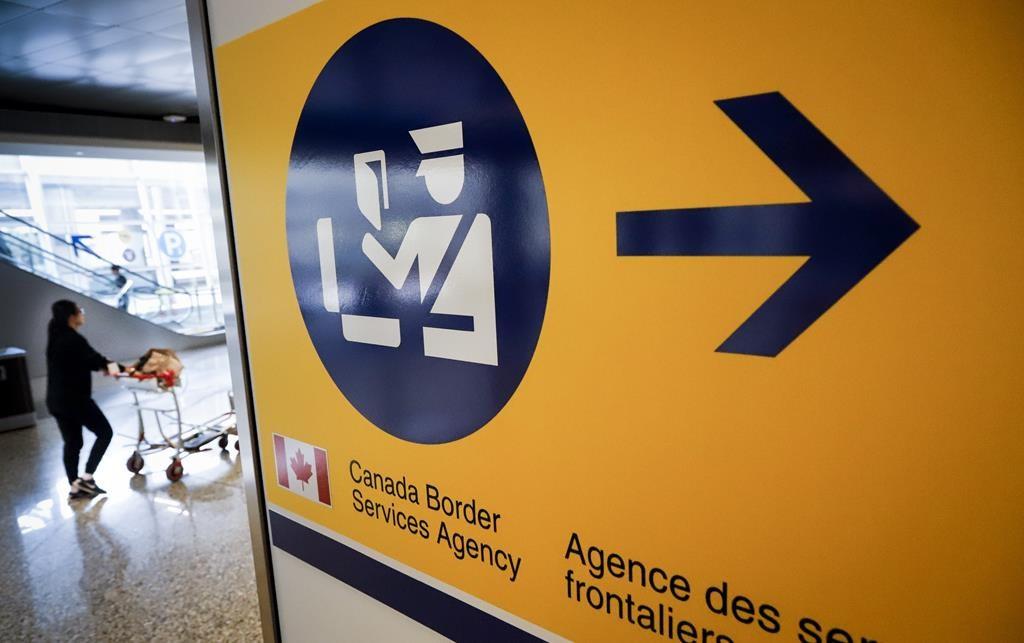The actual number of non-permanent residents (NPRs) in Canada could be around one million higher than the official figure and may be exacerbating the country’s housing shortages, according to a new report.
An Aug. 30 CIBC report, “Counting heads in Canada — a conundrum,” said that since 2013, the official forecast for Canada’s population used for planning purposes was 38.7 million, but actually falls closer to 40.2 million.





